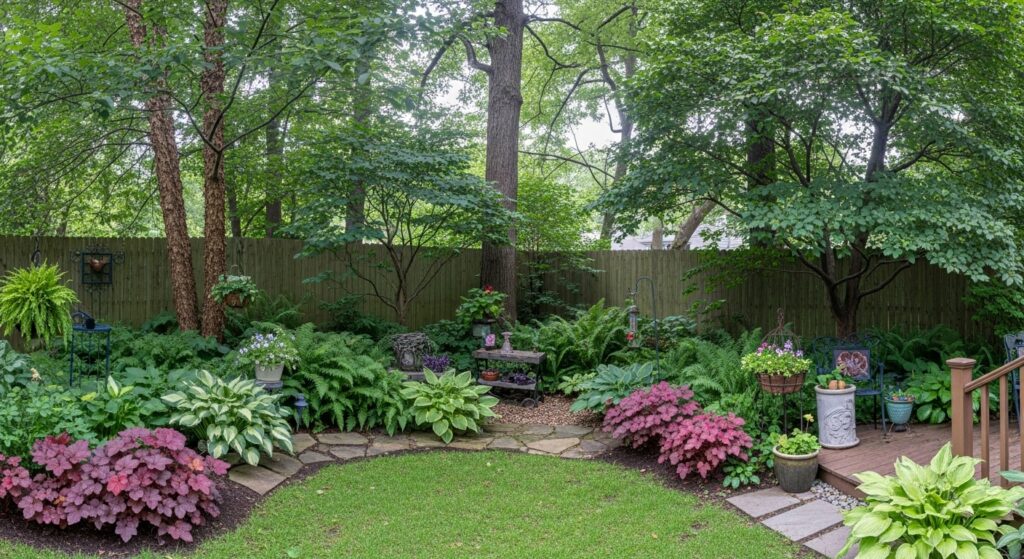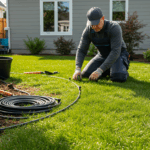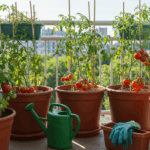The Silent Beauty of Shade Loving Plants
Have you ever wandered through a dense forest and marveled at the vibrant tapestry of leaves thriving in the subdued light?
Shade-loving plants, also known as shade-tolerant or sciophilous plants, are marvels of nature that thrive in environments where sunlight is limited.
Unlike their sun-loving counterparts, shade-loving plants have adapted to make the most of low light conditions, boasting unique characteristics that make them indispensable in both natural habitats and cultivated gardens.
This article explores the fascinating world of shade-loving plants, delving into their characteristics, types, and the essential role they play in our ecosystems and gardens.
Understanding the Adaptations of Shade Loving Plants
Shade-loving plants have fascinating adaptations that allow them to prosper in low-light environments.
These adaptations are not simply about survival; they illustrate a complex relationship between plants and their habitats.
Their leaves tend to be larger and thinner, maximizing surface area to capture the available light.
Often, these leaves will also have a darker green color due to a higher concentration of chlorophyll, which enhances their ability to photosynthesize in dim conditions.
| Adaptation | Function | Benefit |
|---|---|---|
| Larger leaves | Increases surface area for light capture | Maximizes photosynthesis |
| Higher chlorophyll content | Enhances light absorption | Efficient energy conversion |
| Thinner leaves | Reduces structural support needed | Conserves energy |
| Deeper root systems | Efficient nutrient uptake | Thrives in nutrient-poor soils |
Additionally, shade-tolerant plants often have deeper root systems, allowing them to access nutrients and water that are sparse in shaded environments.
These adaptations not only ensure survival but also add to the lush green undergrowth that characterizes shaded habitats.
Benefits of Incorporating Shade Loving Plants into Gardens
Incorporating shade-loving plants into your garden can yield numerous benefits beyond their aesthetic appeal. These plants are ideal for filling shaded corners where other plants may fail to flourish.
They enhance biodiversity by providing habitats for insects and small wildlife, thus promoting a balanced ecosystem.
Establishing a garden that features shade-tolerant species can also lead to less maintenance in the long run.
These plants often require less watering and care than their sun-loving counterparts, as they are naturally adapted to drier, less nutrient-rich conditions found under dense foliage.
Furthermore, their ability to thrive without direct sunlight offers gardeners a wider palette of options when designing planting schemes in areas with varied light exposure.
“Shade-loving plants remind us that beauty and resilience can thrive even in the softest of lights.” – Anonymous
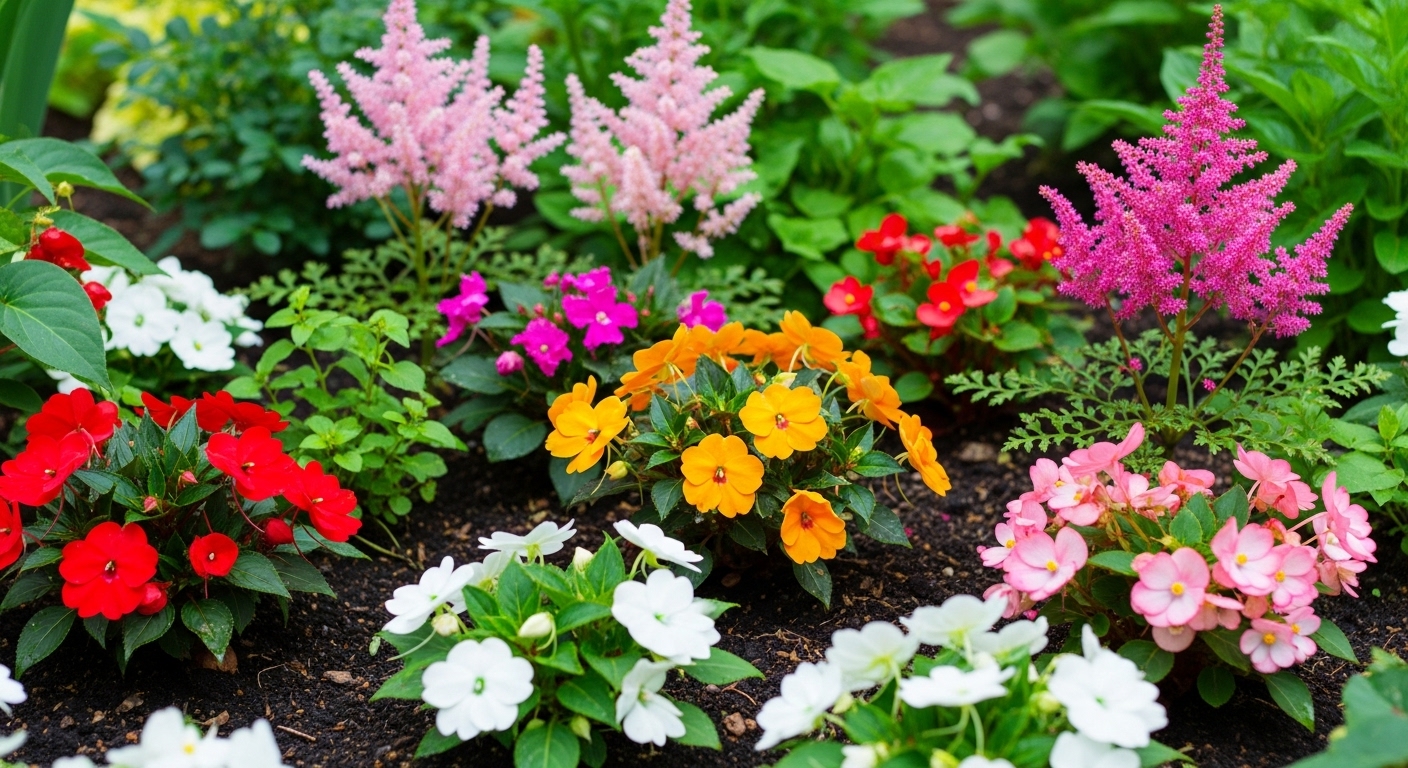
Diverse Varieties of Shade Loving Plants
The world of shade-loving plants is as diverse as it is fascinating.
Gardeners and plant enthusiasts can choose from a myriad of options, each providing unique textures, colors, and forms to enhance the visual interest in spaces where shade prevails.
Hostas, for instance, are popular for their lush foliage and are available in various sizes and shades of green, with some even featuring striking blue or variegated leaves.
- 1- Ferns are another popular choice, known for their intricate leaf patterns that create a delicate and airy appearance.
- 2- Caladiums, with their vibrant and multicolored leaves, offer a splash of color in dim light.
- 3- For those who enjoy flowering plants, the vibrant blossoms of astilbes provide delightful color accents in shaded areas.
- 4- Coral bells, with their rich foliage and delicate flowers, are also favored for adding texture and color variations to a shade garden.
These are just a few examples of the endless possibilities when it comes to selecting shade-loving plants for a variety of landscapes.
Ecological Importance of Shade Loving Plants
Shade-loving plants play a critical ecological role within their ecosystems. In forests, they form the understory layer, providing essential cover and food sources for numerous animal species.
This dense undergrowth also helps prevent soil erosion by stabilizing the ground with their comprehensive root systems.
Moreover, in environments where competition for sunlight is fierce, these plants can influence the success or failure of other species, thereby maintaining ecological balance.
The ecological impact of shade-loving plants extends to urban environments as well. In gardens and parks, they offer refuge for urban wildlife, contributing to biodiversity and enhancing the resilience of green spaces to environmental changes.
The presence of shade-loving plants can also improve air quality, as their extensive leaf coverage helps filter pollutants from the air.
How to Successfully Grow Shade Loving Plants
Growing shade-loving plants successfully in a garden involves understanding their specific needs and recreating elements from their natural habitat.
When planting, consider the density of shade in the area. Full shade plants, like ferns and hostas, thrive under dense canopies, whereas partial shade plants may require a few hours of indirect sunlight.
Soil quality is another crucial factor. Many shade-tolerant species prefer humus-rich, well-draining soil that mimics the forest floor.
Regularly amending the soil with organic matter, such as compost, can help maintain optimal growing conditions.
Additionally, mulching helps retain moisture and keeps the roots cool, an essential consideration for plants adapted to shaded habitats.
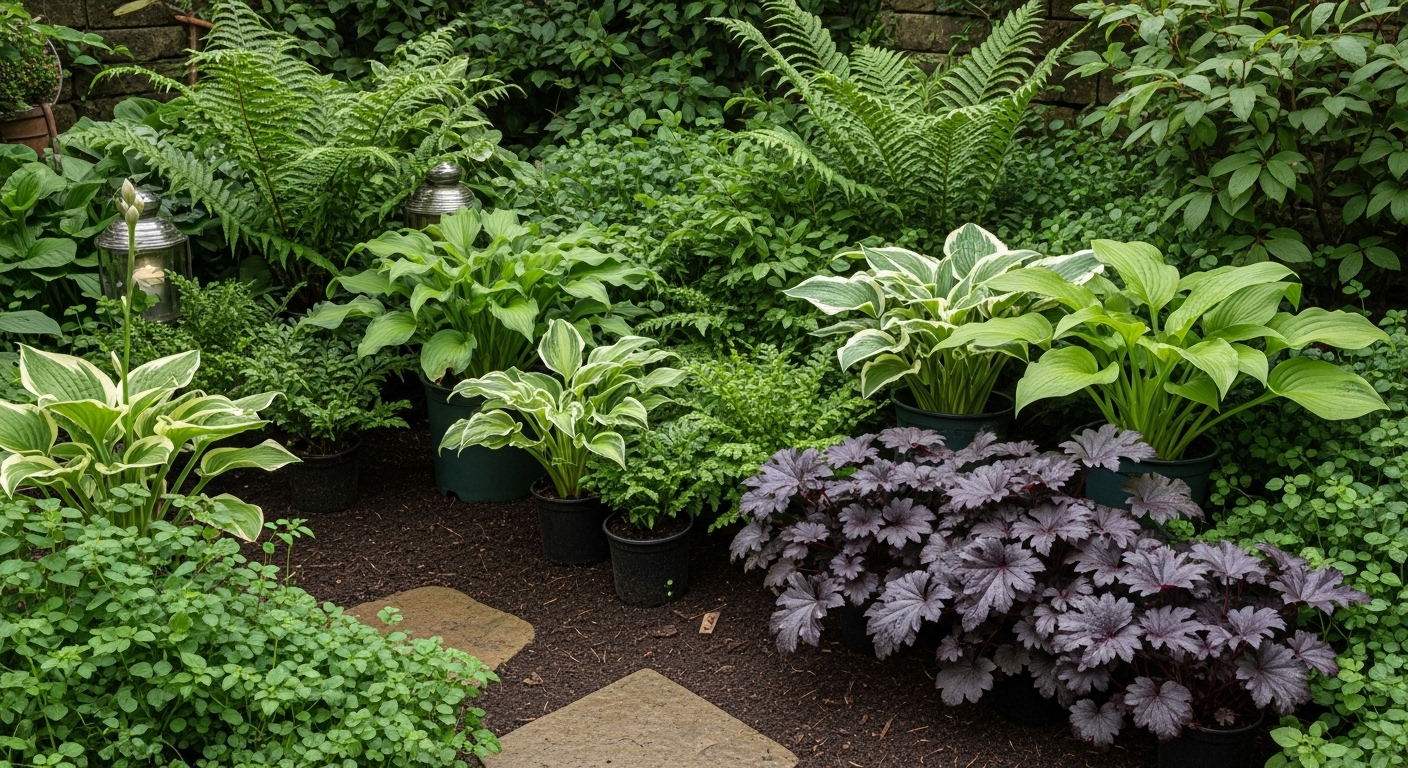
Common Misconceptions About Shade Loving Plants
Perhaps one of the most common misconceptions about shade-loving plants is that they are limited in variety and are less vibrant than sun-loving species.
This belief overlooks the vast diversity and beauty found in these plants.
From the stunning, crepe-like flowers of hellebores to the delicate, cascading vines of sweet potato, shade-loving plants offer an array of vibrant colors and textures that can enliven any garden space.
Another misconception is that shade-loving plants require less care because they remain in the background. While generally low-maintenance, they still demand attention to ensure the soil remains fertile and conditions are right.
Regular monitoring for pests, adequate watering, and soil replenishment are vital to maintaining a healthy, thriving shade garden.
Challenges in Cultivating Shade Loving Plants
Despite their adaptability, cultivating shade-loving plants presents unique challenges.
Soil quality and water distribution can vary significantly in shaded areas compared to open spots, potentially affecting plant health.
Shaded gardens are also prone to poor air circulation, which can increase risks of fungal infections and other diseases.
Competing root systems from trees and large shrubs may limit the nutrients and moisture available to shade-loving plants.
To mitigate these challenges, it is essential to regularly assess the soil condition, manage moisture levels carefully, and consider planting in raised beds or containers where possible to control the environment more effectively.
FAQ – Dúvidas Comuns
What defines a shade-loving plant?
A shade-loving plant, or sciophilous plant, is one that thrives in low-light conditions, typically under the canopy of trees or in areas with limited direct sunlight.
Do shade-loving plants require less water?
While they generally require less water than sun-loving plants, adequate moisture is still crucial, particularly during dry spells or when planted in well-draining soils.
Can shade-loving plants flower?
Yes, many shade-loving plants are capable of flowering, offering a variety of blooms in shaded conditions, such as astilbes and hellebores.
What soil type is best for shade-loving plants?
Shade-loving plants prefer humus-rich, well-draining soils, similar to those found on forest floors, enriched with organic matter.
Are shade-loving plants suitable for indoor growing?
Certain shade-tolerant species, like peace lilies and ferns, are well-suited for indoor environments, providing greenery in areas with indirect light.
Do shade-loving plants attract wildlife?
Yes, they provide habitat and food for insects and small animals, contributing to biodiversity in both natural and garden settings.
Conclusion
Shade-loving plants offer a magnificent contribution to the environment, enriching biodiversity and providing gardeners with versatile options for beautifying low-light areas.
Their adaptive traits not only make them survivors but also thriving components of any landscape, from natural forest floors to meticulously designed gardens.
By understanding their needs and embracing their diversity, we can cultivate lush, vibrant gardens that stand testimony to the resilience and beauty inherent in nature’s shade dwellers.

